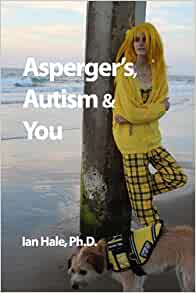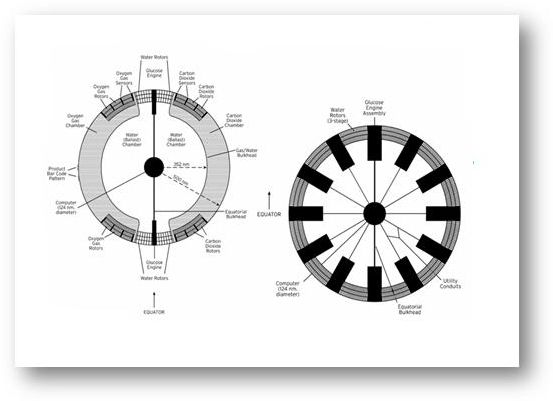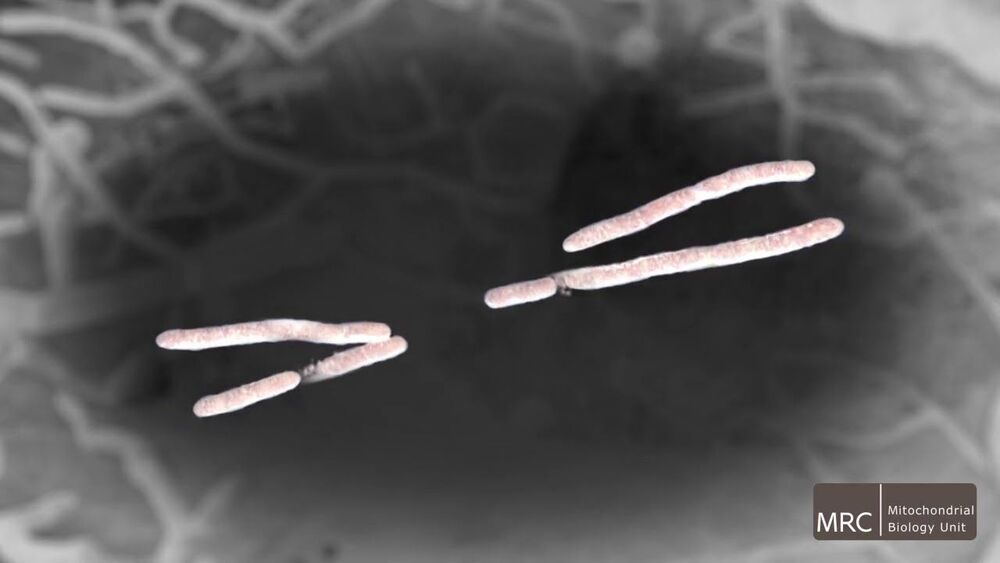These results suggest that IL-12 and IFN-γ could one day be measured along with other biomarkers to predict future brain health in cognitively normal people–a tool that doesn’t yet exist in medicine.
Summary: Higher levels of two cytokines were associated with slower cognitive decline in aging adults, a new study reports.
Source: Mass General
Research has previously linked inflammation to Alzheimer’s disease (AD), yet scientists from Massachusetts General Hospital (MGH) and the Harvard Aging Brain Study (HABS) have made a surprising discovery about that relationship.
In a new study published in Alzheimer’s & Dementia: The Journal of the Alzheimer’s Association, they report that elevated levels of two chemical mediators of inflammation, known as cytokines, are associated with slower cognitive decline in aging adults.









